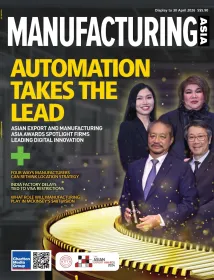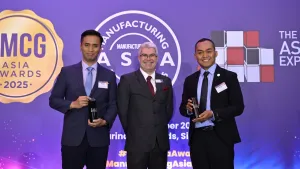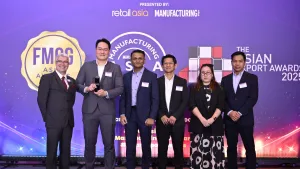
Automotive emerges as the most important growth driver for semiconductor
This is the first time automotive outranked other applications by a significant margin in KPMG’s research.
The 2023 KPMG Global Semiconductor Industry Outlook report found that the automotive industry is the top application driving semiconductor companies’ revenue streams. This is thanks to the electrification and increased autonomous features of new vehicles.
KPMG research predicts that automotive semiconductor revenue will reach $200b annually by the mid-2030s and surpass $250b by 2040.
"For the first time in KPMG’s research, the automotive sector is considered the most important revenue growth driver for semiconductor companies. It ranks highest in importance amongst other applications by a very comfortable margin,” KPMG said in its report.
With the growing availability of electric vehicles coupled with recent regulations pushing long-term EV production in places like Europe and California, demand for chips to go inside the latest vehicles has skyrocketed.
Key components of “computers on wheels,” such as sensors/MEMS, are considered the most important growth product for the industry in 2023.
Wireless communications, which had been the chipmakers' most critical end market, slipped into second place. Cloud computing rose to third, from fifth, and is now tied with the Internet of Things, followed by artificial intelligence.
Meanwhile, metaverse, in its first year on the survey, landed last in importance for driving semiconductor company revenue over the next year.
The research also highlighted that more companies are becoming oriented by end markets as opposed to products. For 57% of companies, structuring and aligning organisations around end markets is becoming crucial to semiconductor strategies.
To ensure a supply of chips needed for key components in the event of the next semiconductor shortage, manufacturers from high-growth sectors are building more direct relationships with chip companies. These partnerships may involve committing to higher volume over longer periods of time and a more hands-on approach to chip development. In turn, chip companies are reorganising themselves around these new partnerships, helping them better manage their costs and risks.


















